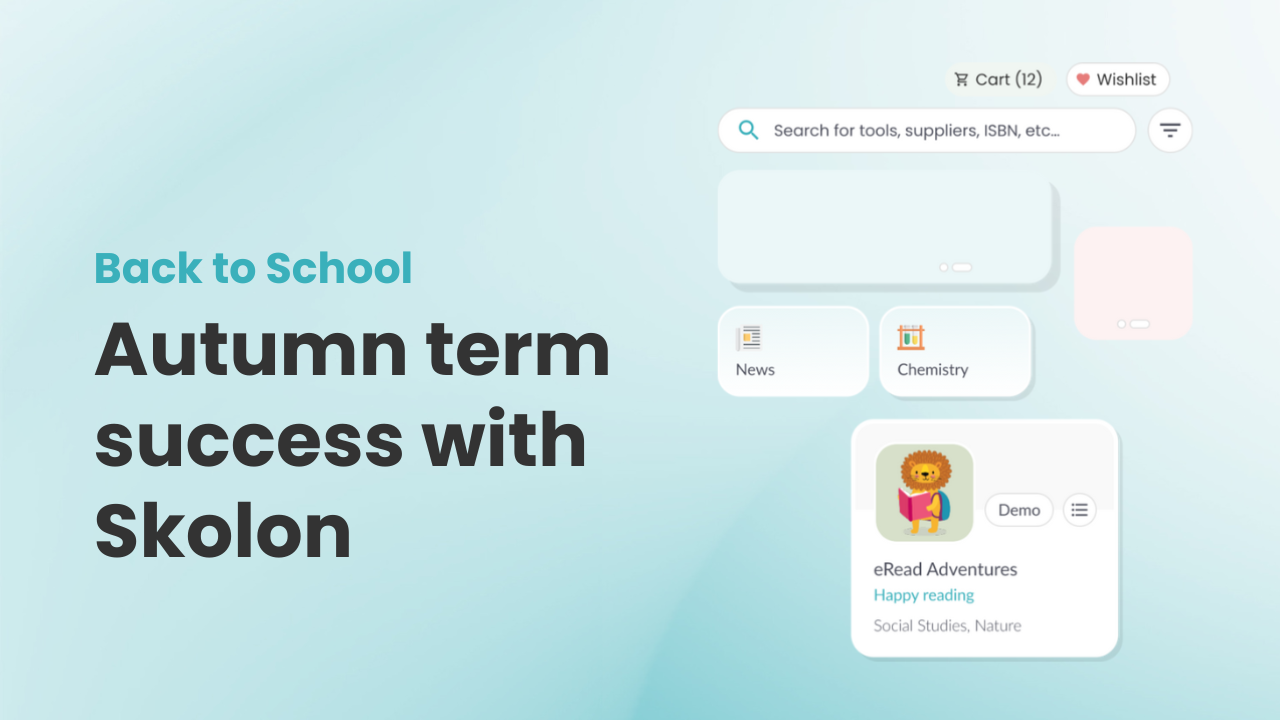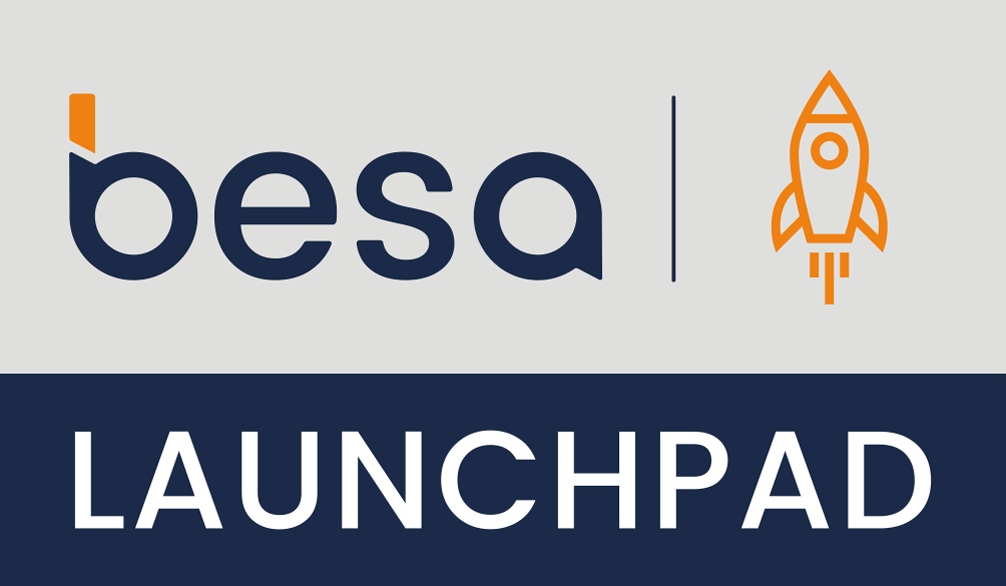Integrating EdTech in Schools: A Simple Guide
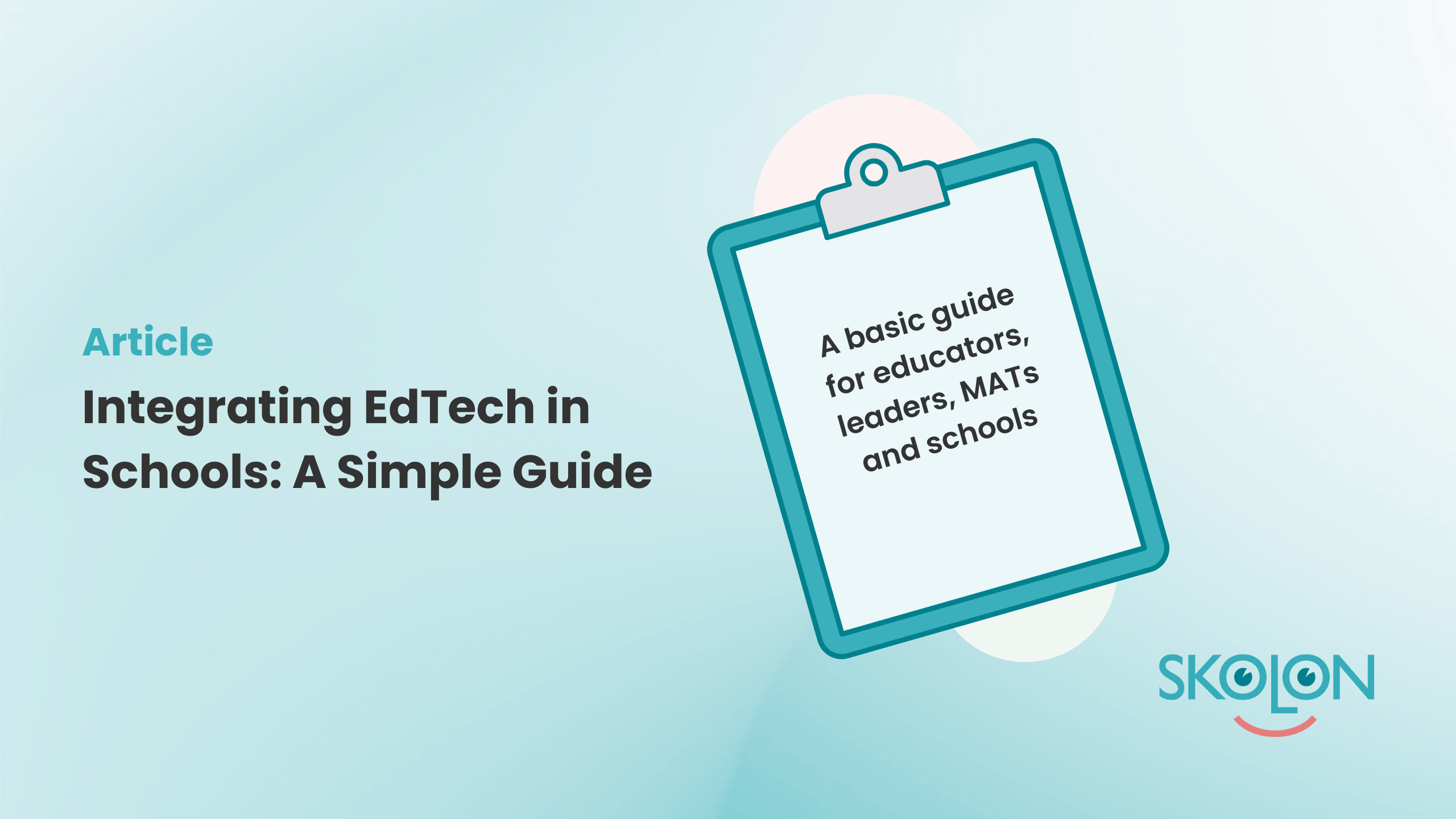

Classrooms today are vastly different from those of even a decade ago, and they continue to evolve at a rapid pace. Propelled by the push for digital pedagogy and practical EdTech for UK schools, it’s clear that education is no exception to a world increasingly shaped by technology.
As such, digital tools are no longer optional; they’re woven into the very fabric of effective teaching and learning. From enhancing student engagement, to streamlining administration, the right digital tools and solutions can be an absolute gamechanger to revolutionise the educational experience for all.
However, for many educators, the sheer volume of available edtech and emerging terms like “PedTech” can quickly become overwhelming, thus making it truly difficult to know where to begin – even as the most seasoned leader.
So, how do you ensure that both edtech and digital tools truly serve pedagogical goals rather than becoming a distraction?
That’s where Skolon comes in, simplifying access to a world of educational digital tools.

Understanding the “why”: The power of digital pedagogy
Sure, having tech in classrooms is really cool, but it’s about more than the tech itself.
It’s about how we use digital tools to teach, boost student engagement, and educate pupils.
Digital pedagogy isn’t simply about swapping printed worksheets out for an iPad; it’s a profound shift in our approach to education. Essentially, it’s a science that focuses on strategies that maximise the potential of digital tools to truly enhance learning.
The benefits of digital tools and EdTech on formative assessment
For learners, the benefits are immense. The correct implementation of digital tools enables personalised learning pathways, allowing pupils to revisit challenging concepts, or delve deeper into areas of interest at their own pace and when it suits them.
It can even be said that catering to diverse learning styles through visual, auditory, and interactive methods often leads to heightened student engagement.
For instance, for an educator, it could be understanding how to plan a digital maths class, or for a pupil, it could be helping them to get to grips with digital maths problems, while an advanced learner explores complex simulations independently.
Similarly, in language education or science, interactive platforms can bring subjects to life by enabling students to practice real-world communication, conduct virtual experiments, or engage with dynamic visualisations that deepen understanding and make abstract concepts more tangible.
For school leadership and educators, digital pedagogy offers new methodologies.
Formative assessment becomes immediate and insightful, allowing teachers to quickly gauge understanding and adapt teaching in real-time.
Furthermore, understanding how to use digital tools to facilitate blended and hybrid learning environments is invaluable. Ultimately, embracing digital pedagogy means consciously connecting Edtech capabilities to specific educational objectives, transforming teaching into a flexible, data-driven, and highly impactful journey.
Are they ready for it?
Equally important is assessing teacher readiness. Many educators are keen to adopt new methods, but some may lack fundamental digital literacy skills, confidence or simply the time to learn.
Identifying these skill gaps and their reasons is crucial for tailoring effective training programs and making sure that the educators have everything they need, including time, to be able to facilitate the rollout successfully.
Developing a phased implementation plan
Rome wasn’t built in a day, and neither is a fully integrated digital school, which is why a phased implementation approach is often the most successful.
Instead of a “big bang” rollout, start small, as endorsed by John Hayes in our Meet the Educator blog. It’s advised to identify enthusiastic early adopters among your teaching staff who are willing to pilot new digital tools or methods.
Their successes and insights can serve as powerful testimonials and practical examples for their colleagues.
Keep in mind, you should be prepared to iterate and adapt your digital strategy based on feedback and outcomes. This approach ensures that your digital tools decision genuinely serves your educational settings and evolves with the needs of your school community.

Choosing the right digital tools for your classrooms
With a solid digital strategy in place, the next crucial step is selecting the digital tools and EdTech/PedTech that will genuinely enhance learning and support IT security.
This is where a platform like Skolon truly shines, acting as a centralised hub that simplifies the discovery, access, and management of a vast array of educational resources.
Rather than individual teachers navigating numerous logins and subscriptions, Skolon provides a single, secure entry point to all approved digital tools, streamlining the process for both educators and students.
When choosing digital tools, consider the following:
Key areas and examples of digital tools
Here are examples of digital tools categorised by their primary use in a UK classroom context:
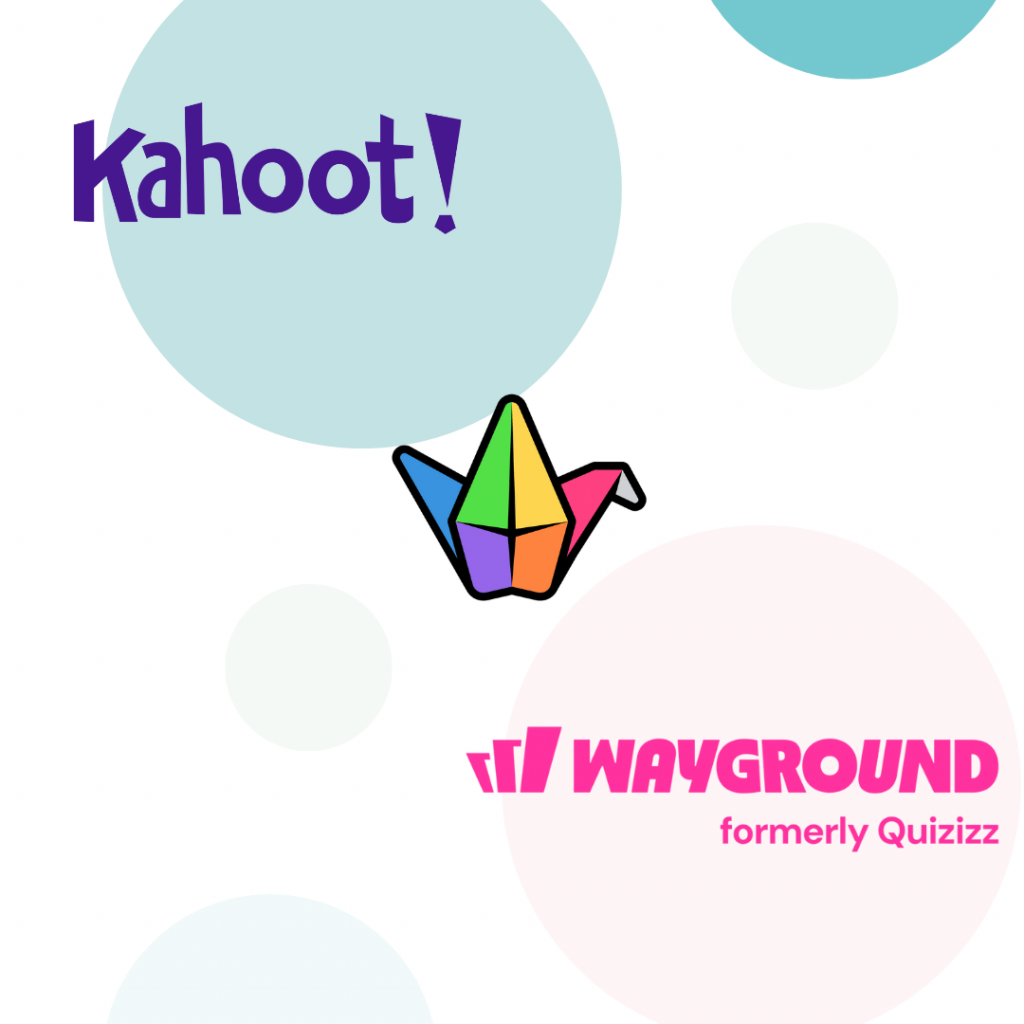
Student engagement & collaboration: These tools foster active participation and teamwork.
Examples: Interactive whiteboards, collaborative document platforms (e.g., Google Workspace, Microsoft 365), Padlet for virtual bulletin boards, Kahoot! and Wayground, formerly Quizizz for interactive quizzes and polls. These can dramatically boost student engagement and provide real-time insights.
Language Education: For modern foreign languages or English language learning.
Examples: Linguascope for interactive language learning, Twee for AI-assisted lesson material creation and assessment. These enhance pronunciation, comprehension, and cultural understanding.

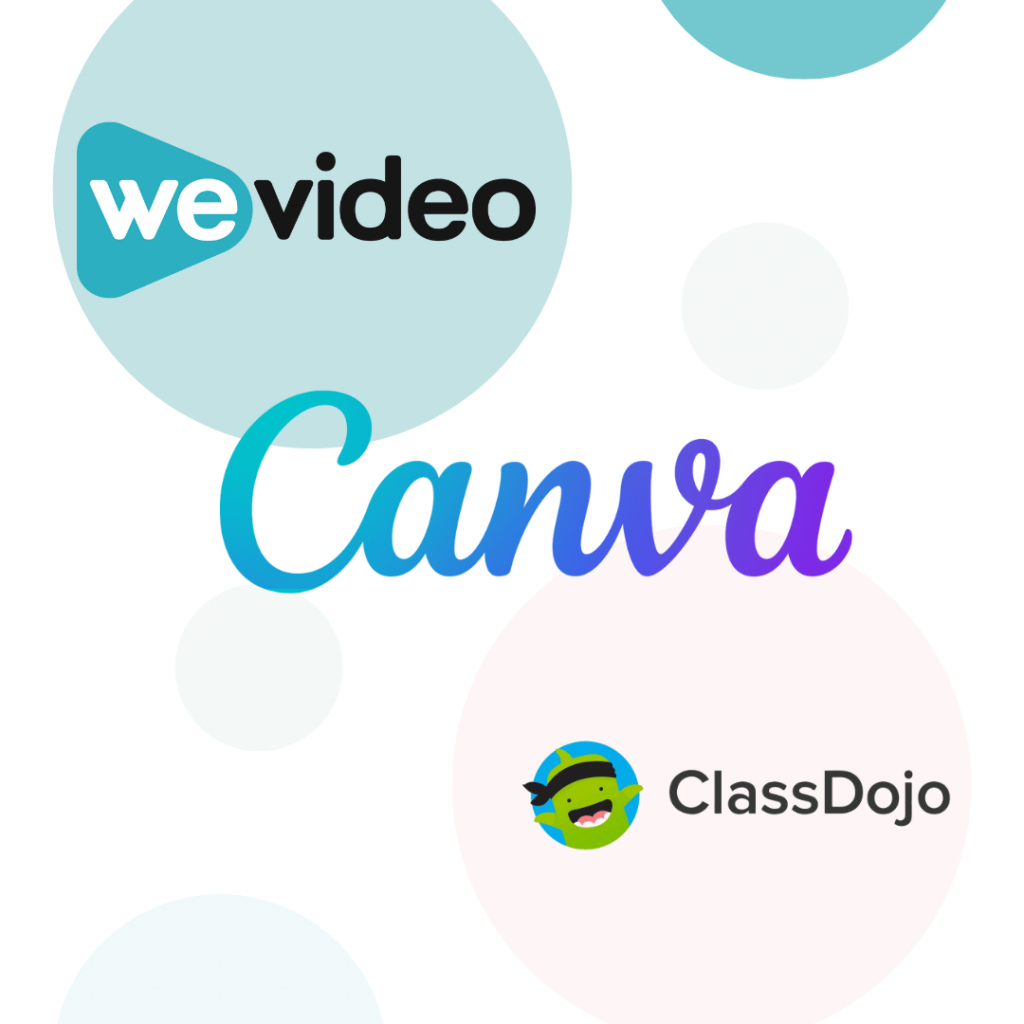
Content Creation & Curation: Empowering students to become creators, not just consumers.
Examples: Tools like Canva for creating presentations and graphics; video editing software (e.g., WeVideo); or platforms for building digital portfolios (e.g., Seesaw, ClassDojo) where students can showcase their work and reflections.
Navigating the digital landscape: practical considerations for UK schools
In today’s connected classrooms, IT security, data privacy, safeguarding student and staff data is non-negotiable. UK schools must meet strict standards under the UK GDPR and Data Protection Act 2018.
Key best practices include:
Professional development and ongoing support
For edtech to have real impact, educators need confidence in using it. That starts with ongoing professional development. Training should cater to all levels—from basic digital literacy to advanced approaches like digital storytelling or formative assessment tools.
A culture of peer support helps embed new skills. Appointing digital champions within departments encourages collaboration and builds staff confidence. Alongside this, accessible tech support is essential—frustration often stems from delays or lack of help when issues arise.
Finally, nurturing a mindset of continuous learning keeps digital strategies dynamic. Encouraging staff to explore new tools, join online communities, or follow edtech trends supports long-term engagement and innovation.

Addressing the digital divide
Despite growing access in schools, gaps remain—especially at home. Pupils without devices or access to the internet face barriers to learning, so schools must act to level the playing field.
Providing loan devices and exploring subsidised broadband options can improve access. Creating on-site digital hubs for out-of-hours use is another practical step.
Lesson planning also plays a role. Activities should accommodate students with limited home access, using a mix of online and offline formats. Partnering with councils or charities can help address wider digital inclusion challenges beyond the school gates.
Measuring success and iterating
Effective edtech strategies are measured by outcomes, not usage. Success means improved learning, increased engagement, reduced teacher workload, and greater accessibility—not just more screen time.
Feedback is key
Pupils should be asked about usability, while teachers should have regular opportunities to share insights and concerns. Data from learning platforms can reveal patterns in performance and tool effectiveness.
In order to get something that truly works, it’s always worth remembering that it’s the most impactful strategies that tend to evolve. Celebrate what’s working, address what isn’t, and refine your digital toolkit as needed. Platforms like Skolon support this adaptive approach—making it easy to manage, review, and improve digital access over time.
Edtech only works when educators feel confident using it. Continuous professional development (CPD) is essential to help staff build digital skills and embed meaningful digital pedagogy.
Before we log off…
Embarking on the journey with digital tools can seem daunting, but as this guide has shown, from understanding the “why” of digital pedagogy to strategic planning and careful implementation.
It’s a manageable and incredibly rewarding process. When used thoughtfully, digital tools possess transformative power, unlocking new levels of student engagement, which in turn enables precise formative assessment, and empowers educators to teach with unprecedented efficiency.
This in turn helps to reshape everything from digital math and language education to social science/science and beyond, all while maintaining crucial IT security.
While the future of education in the UK is looking somewhat tumultuous, one thing for certain is that the future of education is undoubtedly digital, and it’s a future where learning is more personalised, accessible, and exciting than ever before.
Use this guide to take the crucial first step in your school’s digital strategy today. Explore Skolon’s comprehensive platform and discover how seamlessly you can integrate the right Edtech into your classrooms.
The potential for enhancing teaching and learning is immense – your digital journey starts now!
This is Skolon – we gather the best digital educational tools and make them work in the classroom.
Skolon is an independent platform for digital educational tools and learning resources, created for both teachers and students. With Skolon, accessing and using your digital educational tools is easy – security increases, administration decreases, and there’s more time for learning.
The digital educational tools come from both small and large providers, all of whom have one thing in common – they create digital educational tools that are beneficial for the school environment.
Information
Share this story
Subscribe
Would you like our newest articles delivered to your inbox? Sign up now!
Classrooms today are vastly different from those of even a decade ago, and they continue to evolve at a rapid pace. Propelled by the push for digital pedagogy and practical EdTech for UK schools, it’s clear that education is no exception to a world increasingly shaped by technology.
As such, digital tools are no longer optional; they’re woven into the very fabric of effective teaching and learning. From enhancing student engagement, to streamlining administration, the right digital tools and solutions can be an absolute gamechanger to revolutionise the educational experience for all.
However, for many educators, the sheer volume of available edtech and emerging terms like “PedTech” can quickly become overwhelming, thus making it truly difficult to know where to begin – even as the most seasoned leader.
So, how do you ensure that both edtech and digital tools truly serve pedagogical goals rather than becoming a distraction?
That’s where Skolon comes in, simplifying access to a world of educational digital tools.

Understanding the “why”: The power of digital pedagogy
Sure, having tech in classrooms is really cool, but it’s about more than the tech itself.
It’s about how we use digital tools to teach, boost student engagement, and educate pupils.
Digital pedagogy isn’t simply about swapping printed worksheets out for an iPad; it’s a profound shift in our approach to education. Essentially, it’s a science that focuses on strategies that maximise the potential of digital tools to truly enhance learning.
The benefits of digital tools and EdTech on formative assessment
For learners, the benefits are immense. The correct implementation of digital tools enables personalised learning pathways, allowing pupils to revisit challenging concepts, or delve deeper into areas of interest at their own pace and when it suits them.
It can even be said that catering to diverse learning styles through visual, auditory, and interactive methods often leads to heightened student engagement.
For instance, for an educator, it could be understanding how to plan a digital maths class, or for a pupil, it could be helping them to get to grips with digital maths problems, while an advanced learner explores complex simulations independently.
Similarly, in language education or science, interactive platforms can bring subjects to life by enabling students to practice real-world communication, conduct virtual experiments, or engage with dynamic visualisations that deepen understanding and make abstract concepts more tangible.
For school leadership and educators, digital pedagogy offers new methodologies.
Formative assessment becomes immediate and insightful, allowing teachers to quickly gauge understanding and adapt teaching in real-time.
Furthermore, understanding how to use digital tools to facilitate blended and hybrid learning environments is invaluable. Ultimately, embracing digital pedagogy means consciously connecting Edtech capabilities to specific educational objectives, transforming teaching into a flexible, data-driven, and highly impactful journey.
Are they ready for it?
Equally important is assessing teacher readiness. Many educators are keen to adopt new methods, but some may lack fundamental digital literacy skills, confidence or simply the time to learn.
Identifying these skill gaps and their reasons is crucial for tailoring effective training programs and making sure that the educators have everything they need, including time, to be able to facilitate the rollout successfully.
Developing a phased implementation plan
Rome wasn’t built in a day, and neither is a fully integrated digital school, which is why a phased implementation approach is often the most successful.
Instead of a “big bang” rollout, start small, as endorsed by John Hayes in our Meet the Educator blog. It’s advised to identify enthusiastic early adopters among your teaching staff who are willing to pilot new digital tools or methods.
Their successes and insights can serve as powerful testimonials and practical examples for their colleagues.
Keep in mind, you should be prepared to iterate and adapt your digital strategy based on feedback and outcomes. This approach ensures that your digital tools decision genuinely serves your educational settings and evolves with the needs of your school community.

Choosing the right digital tools for your classrooms
With a solid digital strategy in place, the next crucial step is selecting the digital tools and EdTech/PedTech that will genuinely enhance learning and support IT security.
This is where a platform like Skolon truly shines, acting as a centralised hub that simplifies the discovery, access, and management of a vast array of educational resources.
Rather than individual teachers navigating numerous logins and subscriptions, Skolon provides a single, secure entry point to all approved digital tools, streamlining the process for both educators and students.
When choosing digital tools, consider the following:
Key areas and examples of digital tools
Here are examples of digital tools categorised by their primary use in a UK classroom context:

Student engagement & collaboration: These tools foster active participation and teamwork.
Examples: Interactive whiteboards, collaborative document platforms (e.g., Google Workspace, Microsoft 365), Padlet for virtual bulletin boards, Kahoot! and Wayground, formerly Quizizz for interactive quizzes and polls. These can dramatically boost student engagement and provide real-time insights.
Language Education: For modern foreign languages or English language learning.
Examples: Linguascope for interactive language learning, Twee for AI-assisted lesson material creation and assessment. These enhance pronunciation, comprehension, and cultural understanding.


Content Creation & Curation: Empowering students to become creators, not just consumers.
Examples: Tools like Canva for creating presentations and graphics; video editing software (e.g., WeVideo); or platforms for building digital portfolios (e.g., Seesaw, ClassDojo) where students can showcase their work and reflections.
Navigating the digital landscape: practical considerations for UK schools
In today’s connected classrooms, IT security, data privacy, safeguarding student and staff data is non-negotiable. UK schools must meet strict standards under the UK GDPR and Data Protection Act 2018.
Key best practices include:
Professional development and ongoing support
For edtech to have real impact, educators need confidence in using it. That starts with ongoing professional development. Training should cater to all levels—from basic digital literacy to advanced approaches like digital storytelling or formative assessment tools.
A culture of peer support helps embed new skills. Appointing digital champions within departments encourages collaboration and builds staff confidence. Alongside this, accessible tech support is essential—frustration often stems from delays or lack of help when issues arise.
Finally, nurturing a mindset of continuous learning keeps digital strategies dynamic. Encouraging staff to explore new tools, join online communities, or follow edtech trends supports long-term engagement and innovation.

Addressing the digital divide
Despite growing access in schools, gaps remain—especially at home. Pupils without devices or access to the internet face barriers to learning, so schools must act to level the playing field.
Providing loan devices and exploring subsidised broadband options can improve access. Creating on-site digital hubs for out-of-hours use is another practical step.
Lesson planning also plays a role. Activities should accommodate students with limited home access, using a mix of online and offline formats. Partnering with councils or charities can help address wider digital inclusion challenges beyond the school gates.
Measuring success and iterating
Effective edtech strategies are measured by outcomes, not usage. Success means improved learning, increased engagement, reduced teacher workload, and greater accessibility—not just more screen time.
Feedback is key
Pupils should be asked about usability, while teachers should have regular opportunities to share insights and concerns. Data from learning platforms can reveal patterns in performance and tool effectiveness.
In order to get something that truly works, it’s always worth remembering that it’s the most impactful strategies that tend to evolve. Celebrate what’s working, address what isn’t, and refine your digital toolkit as needed. Platforms like Skolon support this adaptive approach—making it easy to manage, review, and improve digital access over time.
Edtech only works when educators feel confident using it. Continuous professional development (CPD) is essential to help staff build digital skills and embed meaningful digital pedagogy.
Before we log off…
Embarking on the journey with digital tools can seem daunting, but as this guide has shown, from understanding the “why” of digital pedagogy to strategic planning and careful implementation.
It’s a manageable and incredibly rewarding process. When used thoughtfully, digital tools possess transformative power, unlocking new levels of student engagement, which in turn enables precise formative assessment, and empowers educators to teach with unprecedented efficiency.
This in turn helps to reshape everything from digital math and language education to social science/science and beyond, all while maintaining crucial IT security.
While the future of education in the UK is looking somewhat tumultuous, one thing for certain is that the future of education is undoubtedly digital, and it’s a future where learning is more personalised, accessible, and exciting than ever before.
Use this guide to take the crucial first step in your school’s digital strategy today. Explore Skolon’s comprehensive platform and discover how seamlessly you can integrate the right Edtech into your classrooms.
The potential for enhancing teaching and learning is immense – your digital journey starts now!
This is Skolon – we gather the best digital educational tools and make them work in the classroom.
Skolon is an independent platform for digital educational tools and learning resources, created for both teachers and students. With Skolon, accessing and using your digital educational tools is easy – security increases, administration decreases, and there’s more time for learning.
The digital educational tools come from both small and large providers, all of whom have one thing in common – they create digital educational tools that are beneficial for the school environment.
Share this story
Subscribe
Would you like our newest articles delivered to your inbox? Sign up now!

